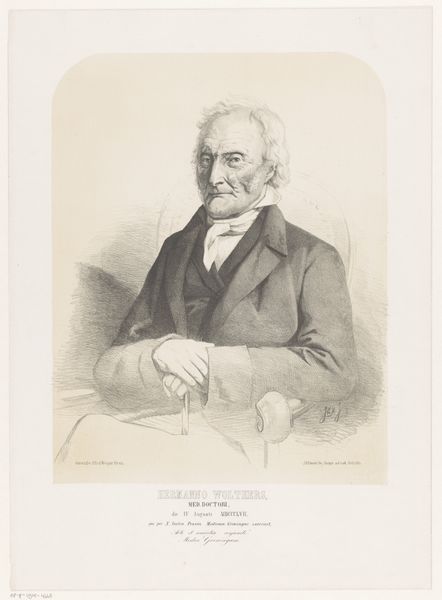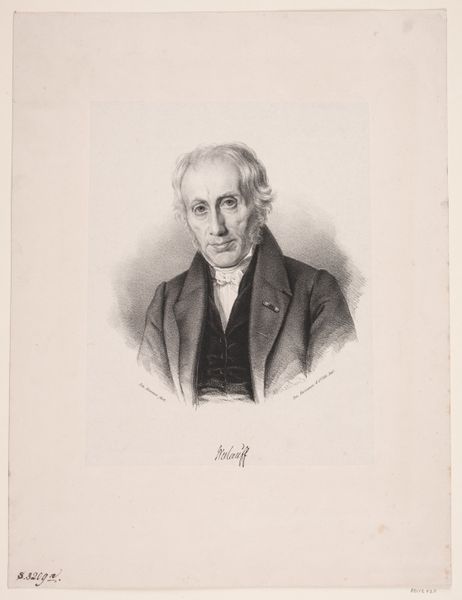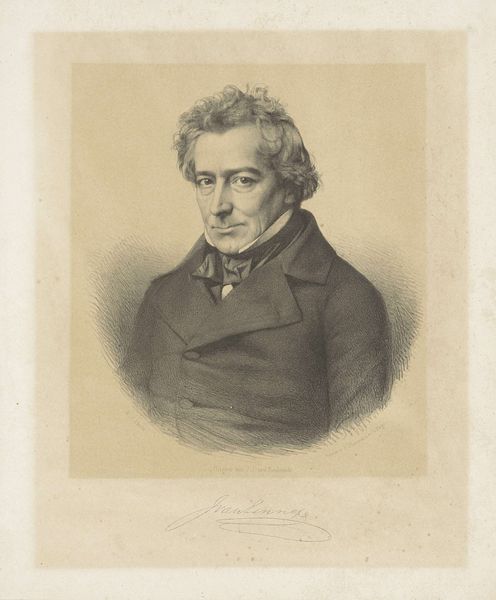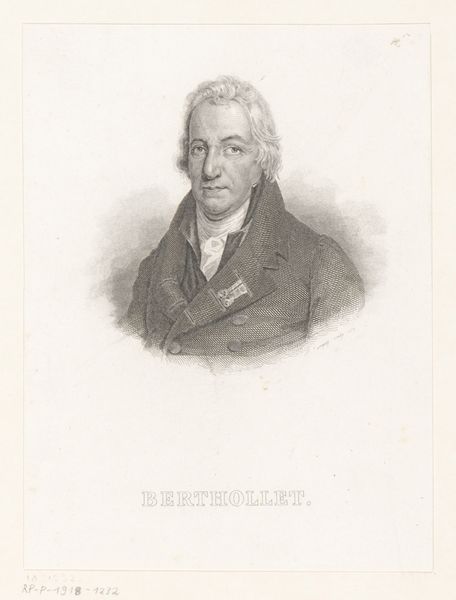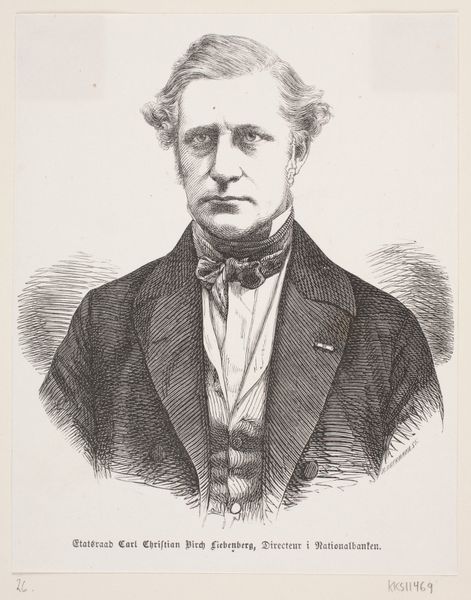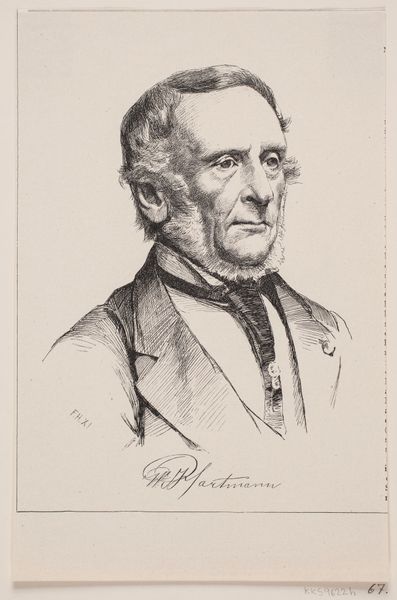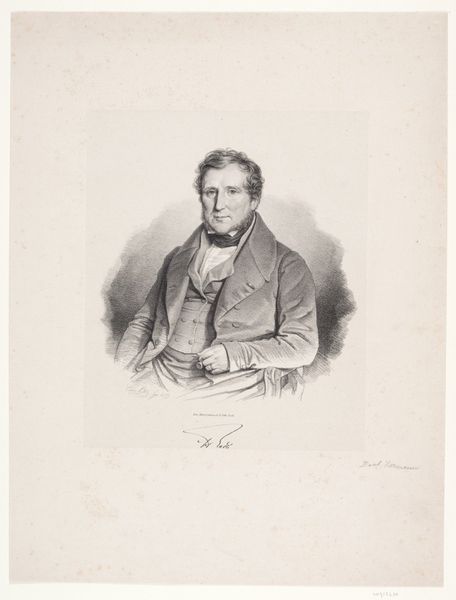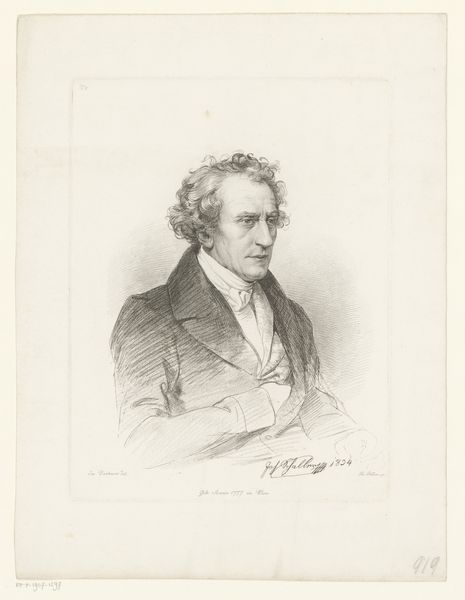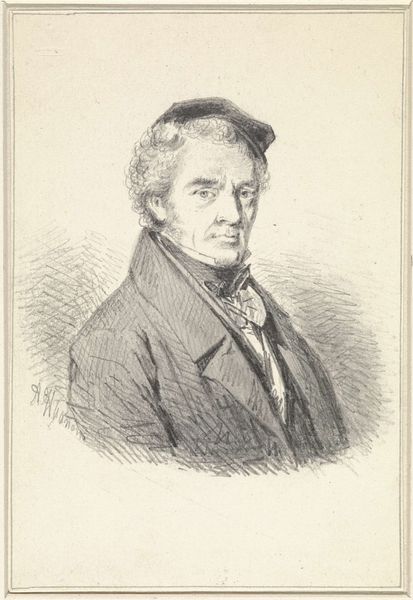
print, engraving
#
portrait
#
pencil drawn
# print
#
charcoal drawing
#
pencil drawing
#
portrait drawing
#
history-painting
#
engraving
#
realism
Dimensions: 170 mm (height) x 135 mm (width) (bladmaal)
This print of E. C. Werlauff, is an example of a now largely obsolete technology: steel engraving. The image is made by cutting lines into a polished steel plate, which is then inked and pressed onto paper. Look closely, and you'll notice that the illusion of tone is created entirely by these tiny etched lines. The depth and density of the lines determine the darkness of the area. The process demands an incredible degree of skill. It's painstaking work requiring complete mastery of the burin, the cutting tool. But steel offered printmakers something that copper, the previously dominant material, did not: durability. Steel plates could produce thousands of impressions without wearing down. This was crucial during the 19th century, as demand for printed images exploded. In that sense, this portrait is closely tied to the rise of industrial capitalism, a reminder that even seemingly traditional art forms are often shaped by the forces of production. Steel engraving made images more accessible than ever before. It represents the democratizing potential of technology and the skillful labor required to produce it.
Comments
No comments
Be the first to comment and join the conversation on the ultimate creative platform.
